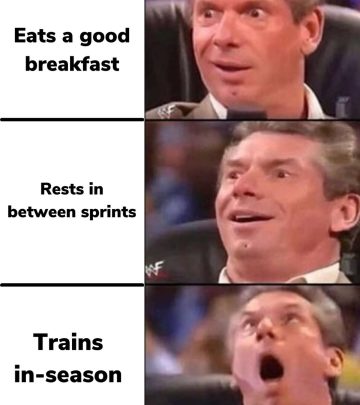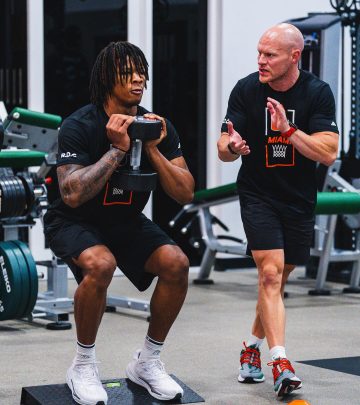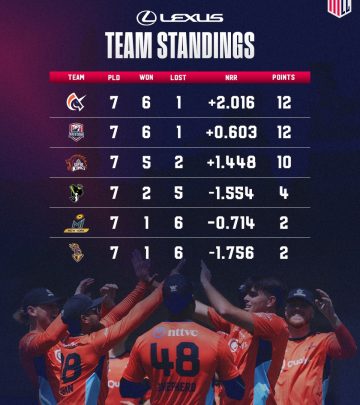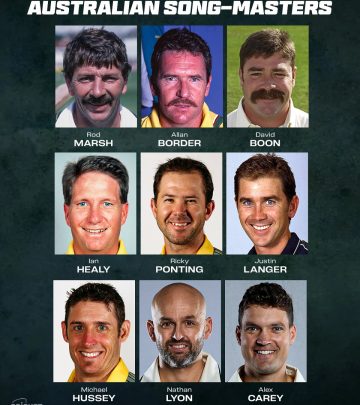Fast Bowling Training Reality Check
Changing training methods to mirror match conditions gives bowlers the perfect edge now!!
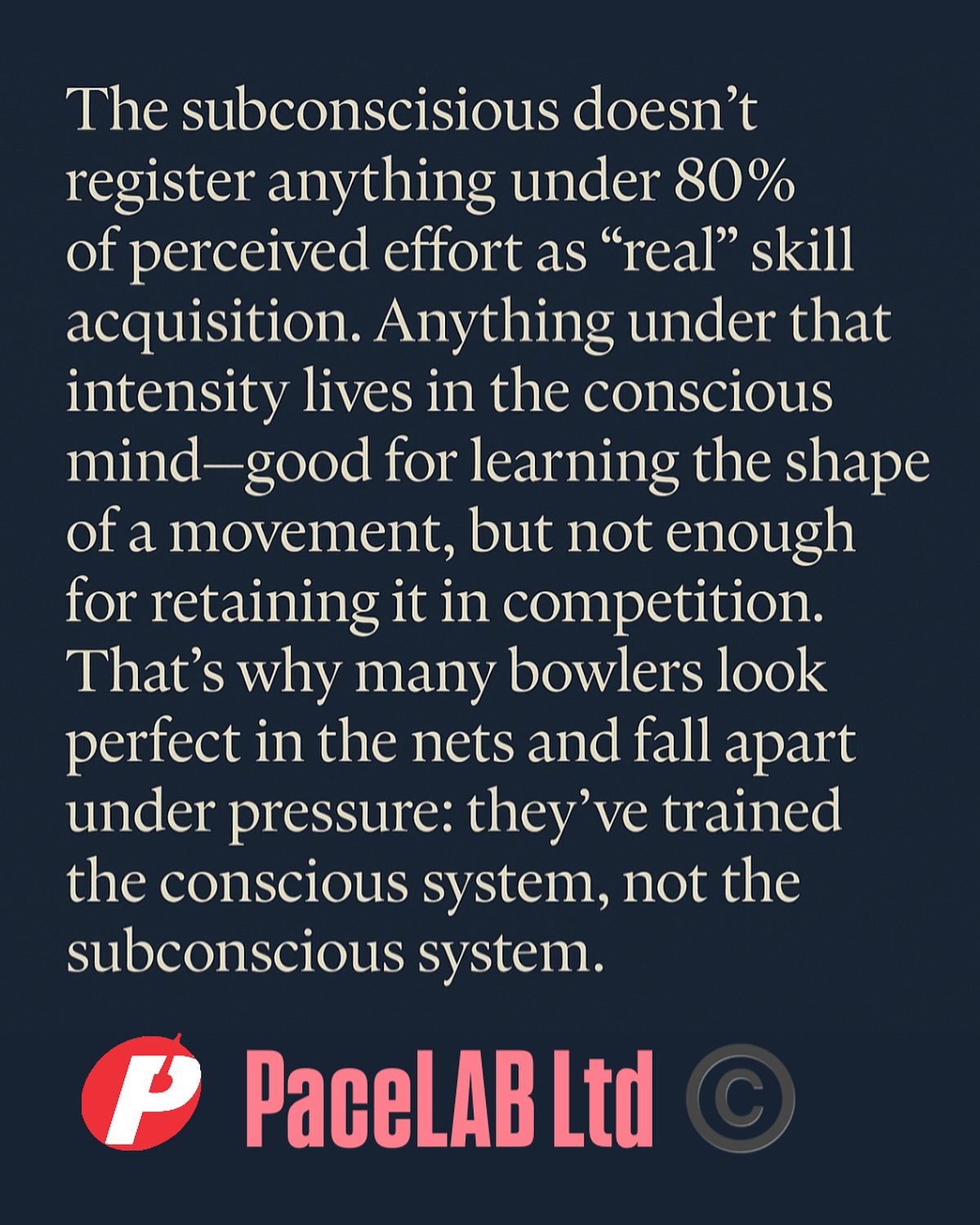
Image: Instagram
The regressing fast bowling skills aren’t a result of a lack of commitment from athletes but rather a disconnect between training drills and actual game demands. In a recent post, Steffan Jones (known on Instagram as @steffanjones105) argued that too many coaches focus on textbook techniques and repetitive, low-intent drills that fail to translate to match day scenarios. This article examines his perspective and emphasizes the need to integrate smarter, more variable training methods to develop true performance under pressure.
Real Training Over Repetition
According to Jones, the issue does not lie with the number of hours spent on the pitch but with the quality of those hours. He stated, “Fast bowling isn’t about repetition—it’s about adaptation under pressure.” Traditional drills such as bowling at cones or fixed targets offer clean, controlled reps but are completely irrelevant during the high anxiety and unpredictable moments of a game. The brain only registers a skill as real when performed above 80% intensity, reinforcing the idea that context and stress matter more than sheer volume.
The post clarifies an essential point: while practice sessions often build capacity by repetition, they lack the necessary intensity and variability of real match conditions. When bowlers perform static drills without live scenarios, they are simply rehearsing movements that never test their nerves or decision-making skills in adverse circumstances.
The Adaptation Imperative
Jones emphasizes that training should mimic match conditions. This means incorporating live batters and evolving fields into practice sessions so that bowlers are forced to make split-second decisions. “Every session must ask: Is the intensity high enough to trigger adaptation? Is the scenario close enough to match conditions? Are we training the subconscious, not just the conscious?” he questions. The implication is that when training is designed around the pressures of an actual game, bowlers can develop the perception-action coupling that is crucial for success on the field.
In a related Instagram post by Jones, he explained how traditional volume (the total number of repetitions) doesn’t necessarily equate to performance transfer. Instead, he advocates for a more nuanced approach using variable intensities – a method that aligns with modern sports science. Tools such as technology from VFlex Sports are highlighted to build perception under pressure, offering real-time adjustments in training intensity.
Data Driven And Adaptive Approaches
The coach further highlights that the science behind effective bowling training is rooted in designing exercises that adapt to the bowler’s current state. He notes that too many coaches mistakenly believe that fast bowling is improved simply through repetition, while the real answer is to train more often with varied intensities. Representative training means moving away from static drills towards scenarios that challenge the subconscious decision-making of players.
By embracing a data-driven approach—for instance, integrating real-time performance tracking like AREG (Auto-Regulation of Exercise and Recovery) from the PaceLab system—bowlers can receive immediate feedback. This ensures that every high-intensity session not only builds speed but also reinforces the technical nuances necessary for performance under fatigue. Such integration of technology is crucial in modern training, as confirmed by several related posts from Jones’ team. One Instagram update detailed how balancing volume, intensity, and density in training supports neuromuscular adaptation while also mimicking the stress of an actual game.
Coaching And Innovation In Fast Bowling
Steffan Jones, who has been a significant influencer in reforming fast bowling training techniques, is part of a broader movement demanding smarter, more adaptable practice methods. With a background that includes notable contributions to fast bowling training research and digital integration in sports, Jones stresses that innovation is key. His fast bowling membership program promises to deliver a science-based analysis that targets the technical and physical aspects of the sport.
Drawing on his own experience as a former player and coach, Jones is pioneering a shift in how fast bowling is taught. In a previous Instagram post, he challenged conventional coaching by introducing the AREG system—a method that customizes workload management by monitoring metrics such as ball speed, jump height, and recovery status. This method combats the risks of overtraining and mechanical breakdown, allowing bowlers to train at high frequency without compromising their form.
Furthermore, discussions on social media consistently highlight that modern fast bowling training must involve live decision-making and self-organisation among bowlers. This change in paradigm pushes coaches to be less prescriptive and more facilitative, allowing athletes to develop an intuitive grasp of their game. As Jones remarks, accuracy isn’t built through static replication but through context-rich sessions that simulate real match scenarios.
Embracing The Future Of Cricket Training
The science behind fast bowling is evolving, and coaches worldwide are beginning to ask critical questions about the relevance of their training drills. With expert voices like Steffan Jones leading the conversation, there is growing support for methods that not only increase performance metrics but also prepare athletes mentally for the unpredictability of real game situations.
By balancing high-intensity drills with realistic match conditions, and using adaptive technologies for real-time feedback, fast bowlers can achieve the ideal blend of speed, agility, and decision-making. As the cricketing world awaits a broader acceptance of these practices, the key takeaway remains: it’s not about the quantity of reps, but the quality of those reps that makes the difference on match day.
This shift in training philosophy represents both a challenge and an opportunity for coaches and athletes alike, signaling a future where smart, purpose-driven methods redefine success in fast bowling.
Read full bio of Nisha Bharatan







